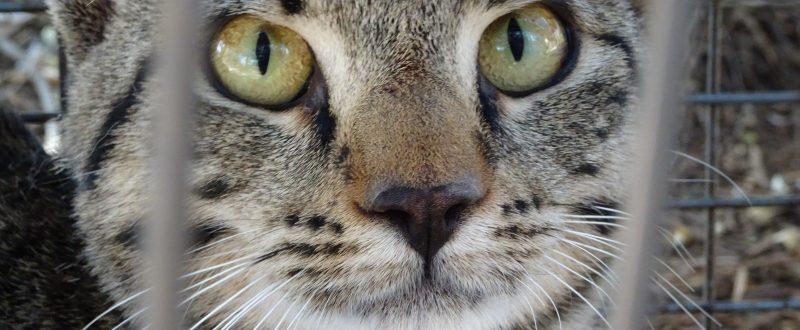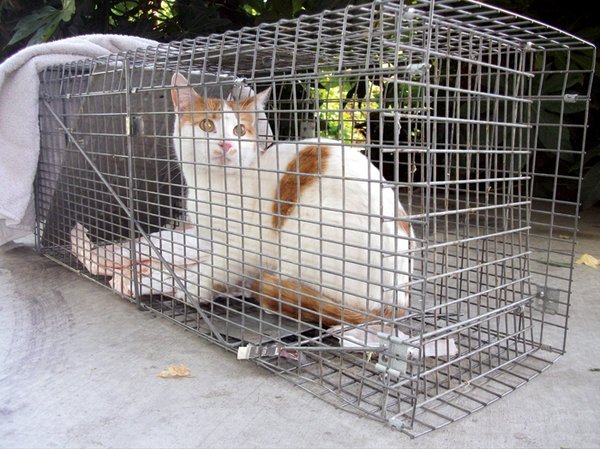

How Do I Trap A Cat? TRAPPING GUIDELINES courtesy of Bay Area Cats In some cases, females may require 48 hours to recover. Cats must be held post-surgery for 12 to 24 hours before returning to their colony. Plan on bringing the cat to the Care Center in a humane trap covered with a towel, sheet, or blanket at 7:30 am and return the same day between 2:30 pm and 4:30 pm to pick up the cat after surgery.

In order to provide equitable access to TNR spay/neuter services, we limit residents to two appointments per week and one cat per appointment. San Jose Animal Care and Services (SJACS) provides no-cost spay/neuter services for community (feral) cats trapped in our service jurisdiction (San José, Los Gatos, Saratoga, Cupertino, and Milpitas) - owned cats are not accepted.

If you notice community cats in your area without an ear tip clipped, or you continue to see litters of kittens in your area, you can humanely trap the cat and make a no-cost Community Cat (TNR) appointment to have the cat sterilized.
Ensure each adult cat is identifiable by an ear tip and a microchip. Do not feed in a manner that makes community cats solely dependent on one food source. Allow food to be available for no more than 30-60 minutes one time a day in an amount no more than ½ cup of food per cat. Humanely trap any unsocialized cat and make a Community Cat TNR appointment to have them sterilized, vaccinated, and microchipped before returning them to the area where they were trapped. Bring any sick/injured cats to the Care Center for medical treatment, so they can be placed in new homes or humanely euthanized when needed. Remove all friendly and healthy cats and young kittens and bring them to the Care Center to be spayed/neutered, vaccinated, microchipped, and placed into new homes. How Can I Support My Local Community Cat Colony? TNR breaks the breeding cycle while allowing the cat to live out its natural life in its home territory without leaving an empty space for another breeding cat to occupy. Community Cats are humanly trapped, spayed/neutered, vaccinated, microchipped, have their ear tip clipped to show they have been sterilized, and returned to their colony. In 2010, the City of San José adopted a humane and non-lethal approach to long term free-roaming cat population control. Community Cats are semi-social or unsocial cats that are not suitable for adoption into homes, and are already considered free-roaming.







 0 kommentar(er)
0 kommentar(er)
